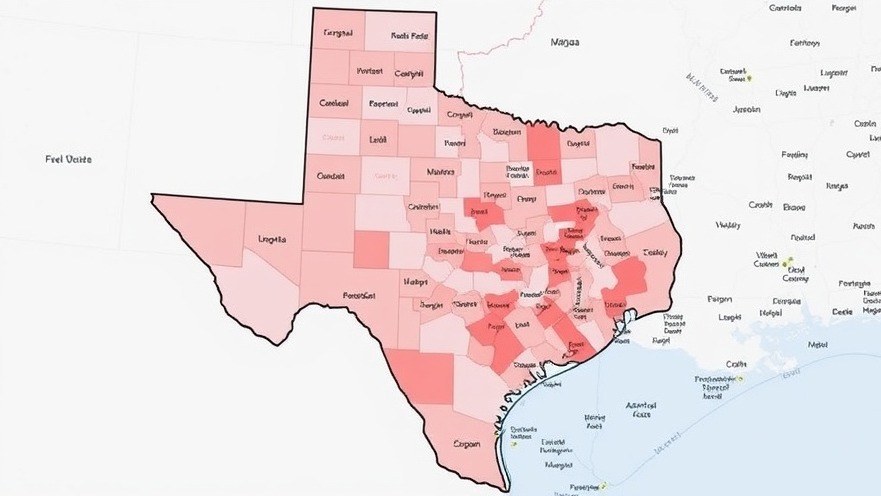
New Challenges Loom Over Texas Congressional Map Approval
Fresh off the Senate’s approval of a controversial congressional map, Texas finds itself at the center of a heated legal battle. The newly drawn districts have sparked protests and outrage among voters who believe the changes to the political landscape prioritize party interests over fair representation. This remap follows the 2020 Census and is part of an ongoing discourse around Texas redistricting and the impact it has on upcoming elections in 2025.
Rising Tensions: Why This Map Matters
The importance of the congressional map extends beyond Texas politics; it showcases the ongoing national struggle over district representation in the face of demographic changes. As population centers shift, how districts are drawn can deeply affect electoral outcomes. Critics argue that the new map dilutes the voting power of minority communities, potentially leading to a lack of diverse representation in Congress.
Understanding the Legal Maneuvering
Following the Senate's decision, a lawsuit was quickly filed challenging the legality of the map. The plaintiffs include a coalition of local activists and civil rights organizations who claim that the new districts violate the Voting Rights Act, which aims to protect against discriminatory practices in voting. This litigation could prolong the process of implementing the new districts, creating uncertainty as Texas elections in 2025 approach.
A Snapshot of Political Reactions
The response to the new map has been mixed. Supporters, primarily from the Republican camp, argue that the map accurately reflects the state’s population shifts while promoting efficiency in governance. Meanwhile, opposition leaders and civic groups express concern over potential voter disenfranchisement, insisting that fair and transparent processes should be upheld.
Counterarguments: A Divided Texas?
As discussions unfold, it’s notable how deeply the Texas congressional map draws a line between differing political ideologies. In a state known for its vastness and diversity, the question remains: can any map genuinely reflect the multitude of voices and communities that shape Texas? Counterarguments assert that using the redistricting process for partisan advantage undermines democracy itself.
Looking Ahead: Future Predictions and Trends
The current situation sets the stage for significant shifts in Texas’s political landscape. With impending court decisions looming and the persistent issue of Texas voter news gaining national attention, this case could redefine how districts are constructed moving forward. Furthermore, implications for future elections may reverberate throughout state politics and beyond.
Turning Points: Opportunities for Change
For citizens and advocates alike, this is more than a legal battle; it’s an opportunity to engage more robustly with the democratic process. Community involvement, awareness campaigns, and mobilization efforts will be crucial in shaping the outcome of both the lawsuit and the broader conversations surrounding representation and accountability in Texas politics.
As Texas navigates this complex maze of redistricting challenges, it may serve as a bellwether for other states wrestling with similar issues. Engaged citizens should remain informed and proactive as these developments unfold.
 Add Element
Add Element  Add Row
Add Row 



Write A Comment